Are Microscopes Used Only To See Living Things ?
Microscopes are not only used to see living things. They are also widely used in various scientific fields to observe and study non-living objects and materials at a microscopic level. For example, in materials science, microscopes are used to examine the structure and properties of metals, ceramics, polymers, and other materials. In forensic science, microscopes are used to analyze trace evidence such as fibers, hairs, and fingerprints. In geology, microscopes are used to study rocks, minerals, and fossils. Additionally, microscopes are used in industries such as electronics, where they are used to inspect and analyze the quality of microchips and other electronic components. Overall, microscopes have a wide range of applications beyond just observing living organisms.
1、 Microscopes for observing living organisms
Microscopes are not used only to see living things. While microscopes are commonly associated with observing living organisms, they have a wide range of applications beyond just biology. Microscopes are essential tools in various scientific fields, including chemistry, physics, materials science, and even forensic science.
In chemistry, microscopes are used to analyze the structure and composition of molecules and crystals. They enable chemists to study the arrangement of atoms and understand the properties and behavior of different substances at the microscopic level. This knowledge is crucial for developing new materials, drugs, and catalysts.
In physics, microscopes are used to investigate the fundamental properties of matter and explore the world of particles and atoms. Techniques such as scanning tunneling microscopy and atomic force microscopy allow scientists to visualize and manipulate individual atoms and molecules, leading to breakthroughs in nanotechnology and quantum physics.
Microscopes also play a vital role in materials science, where they are used to examine the structure, composition, and properties of various materials. By studying materials at the microscopic level, scientists can understand their behavior, durability, and potential applications. This knowledge is crucial for developing new materials with enhanced properties, such as stronger metals or more efficient semiconductors.
In forensic science, microscopes are used to analyze trace evidence, such as fibers, hair, or fingerprints, which can provide crucial information in criminal investigations. Microscopic analysis allows forensic scientists to identify and compare microscopic features, aiding in the identification of suspects or linking evidence to a crime scene.
In recent years, advancements in microscopy techniques have further expanded the capabilities of microscopes. For example, confocal microscopy and super-resolution microscopy techniques have revolutionized the field of cell biology, allowing scientists to visualize cellular structures and processes with unprecedented detail. Additionally, electron microscopy techniques, such as transmission electron microscopy and scanning electron microscopy, have enabled scientists to observe nanoscale structures and phenomena.
In conclusion, while microscopes are commonly used to observe living organisms, their applications extend far beyond biology. Microscopes are indispensable tools in various scientific disciplines, enabling researchers to explore the microscopic world and gain insights into the fundamental properties of matter, materials, and forensic evidence.
2、 Microscopes for studying non-living materials
Microscopes are not only used to see living things but also for studying non-living materials. While microscopes are commonly associated with the study of biological specimens, they have a wide range of applications in various scientific fields.
Microscopes for studying non-living materials, known as optical or light microscopes, are extensively used in materials science, geology, metallurgy, and other disciplines. These microscopes allow scientists to examine the structure, composition, and properties of inanimate objects at a microscopic level. They are equipped with different techniques such as polarized light, dark-field, and phase contrast microscopy, which enhance the visibility of non-living materials.
In materials science, microscopes are used to analyze the microstructure of materials, such as metals, ceramics, and polymers. This helps researchers understand the relationship between the material's structure and its properties, such as strength, conductivity, and durability. Microscopes are also used in geology to study rocks, minerals, and fossils, providing insights into the Earth's history and processes.
Furthermore, microscopes are crucial in nanotechnology, where scientists manipulate and study materials at the nanoscale. Scanning electron microscopes (SEM) and transmission electron microscopes (TEM) are used to visualize and characterize nanoparticles, nanomaterials, and nanostructures. These advanced microscopes enable scientists to observe and manipulate matter at an atomic and molecular level, leading to advancements in fields like electronics, medicine, and energy.
In recent years, there has been a growing interest in the study of non-living materials using advanced microscopy techniques. For example, researchers have developed super-resolution microscopy, which surpasses the diffraction limit of light and allows for the visualization of nanoscale structures with unprecedented detail. This has opened up new possibilities for studying non-living materials at a level previously unattainable.
In conclusion, microscopes are not limited to the study of living things but are extensively used for studying non-living materials in various scientific disciplines. From materials science to nanotechnology, microscopes play a crucial role in advancing our understanding of the world around us, both living and non-living.
3、 Microscopes for medical diagnostics and pathology
Microscopes are not used only to see living things. While microscopes are commonly associated with the study of living organisms, they have a wide range of applications beyond that. One significant area where microscopes are extensively used is in medical diagnostics and pathology.
Microscopes play a crucial role in medical diagnostics by allowing healthcare professionals to examine cells, tissues, and bodily fluids for the presence of diseases or abnormalities. Pathologists use microscopes to analyze biopsy samples and identify cancerous cells or other pathological conditions. This enables accurate diagnosis and helps determine the most appropriate treatment options for patients.
In addition to cancer diagnosis, microscopes are also used in the field of microbiology to identify and study bacteria, viruses, and other microorganisms that cause infectious diseases. Microscopic examination of blood samples can reveal the presence of parasites responsible for diseases like malaria or filariasis.
Moreover, advancements in microscopy technology have led to the development of more sophisticated techniques such as fluorescence microscopy, confocal microscopy, and electron microscopy. These techniques allow for enhanced visualization and analysis of cellular structures and molecular interactions, aiding in the understanding of disease mechanisms and the development of targeted therapies.
Furthermore, microscopes are not limited to medical diagnostics alone. They are also used in various scientific fields, including materials science, nanotechnology, forensics, and environmental science. In materials science, microscopes are used to study the structure and properties of materials at the microscopic level, enabling the development of new materials with improved characteristics. In forensics, microscopes are employed to analyze trace evidence such as hair, fibers, and fingerprints, aiding in criminal investigations.
In conclusion, while microscopes are commonly used to study living organisms, they have a much broader range of applications. Microscopes are indispensable tools in medical diagnostics and pathology, enabling the identification of diseases and the development of effective treatments. They are also extensively used in various scientific disciplines, contributing to advancements in multiple fields.
4、 Microscopes for industrial and quality control applications
Microscopes are not only used to see living things but also find extensive applications in various industries and quality control processes. While microscopes are commonly associated with biology and the study of living organisms, they have evolved to serve a broader range of purposes.
In industrial settings, microscopes play a crucial role in quality control and inspection processes. They are used to examine the surface of materials, identify defects, measure dimensions, and analyze the composition of various products. For example, in the electronics industry, microscopes are used to inspect circuit boards for any faults or soldering defects. In the automotive industry, they are employed to examine the quality of engine components or to inspect paintwork for imperfections. Microscopes are also used in the pharmaceutical industry to analyze the structure and composition of drugs.
Moreover, advancements in microscopy technology have led to the development of specialized microscopes for industrial applications. For instance, scanning electron microscopes (SEMs) and transmission electron microscopes (TEMs) are used to study the microstructure of materials at a much higher resolution. These microscopes enable scientists and engineers to analyze the surface morphology, elemental composition, and crystal structure of various materials.
In recent years, there has been a growing interest in the field of nanotechnology, which involves working with materials at the nanoscale. Microscopes, such as atomic force microscopes (AFMs) and scanning tunneling microscopes (STMs), are essential tools for visualizing and manipulating nanoscale structures. These microscopes have revolutionized industries like electronics, materials science, and medicine by enabling researchers to study and manipulate matter at the atomic and molecular level.
In conclusion, microscopes are not limited to observing living things but have found extensive applications in industrial and quality control processes. With advancements in microscopy technology, these instruments have become indispensable tools for analyzing materials, identifying defects, and studying structures at various scales, including the nanoscale.










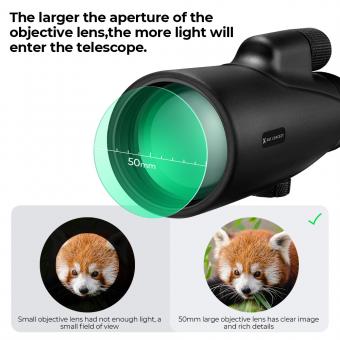




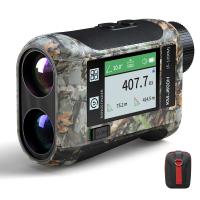




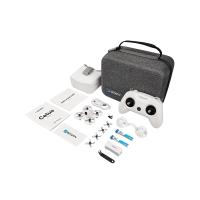

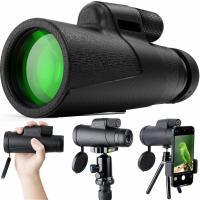

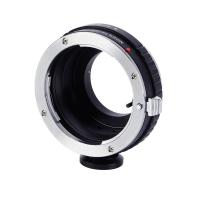




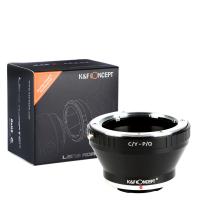
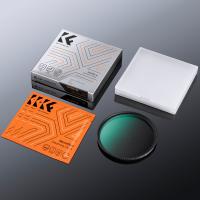
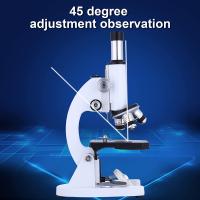
There are no comments for this blog.